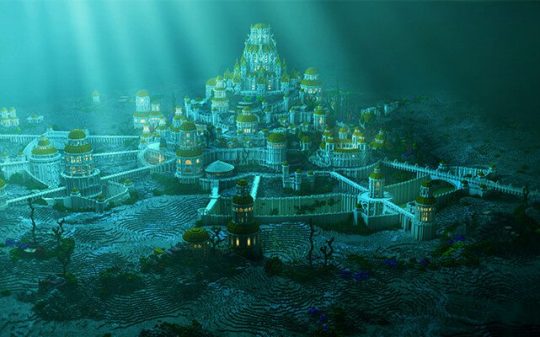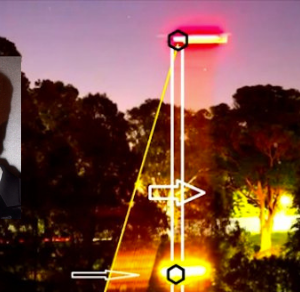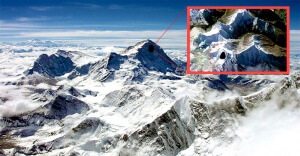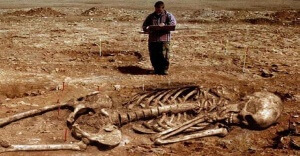In 2001, a team of explorers who were participating in a survey mission off the western coast of Cuba detected a curious set of stones on their sonar equipment. The bizarre structures were covered under 650 meters of water and they strongly resembled an ancient metropolis. The media soon take over, announcing a possible discovery of the lost city of the Caribbean or even Atlantis.
The government, national museum and national geographic were immediately drawn into picture by this big announcement and they promised to fully investigate the intriguing site revealed by the sonar images. However, this never happened (officially) and after 15 more years the story remains silent. Why the media remained silent about this unusual sunken discovery we can only guess, but the possibility of the officials discovering something that would challenge the foundation of our written history is likely to have happened.
When marine engineer Pauline Zalitzki and her husband Paul Weinzweig first captured the anomaly on their sonar equipment, the first though crossing their minds was of a HUGE discovery. The couple was working on a survey mission together with the Cuban government. They were initially scanning a 2 square kilometers area on the bottom of the sea in order to find wrecks from the Spanish colonial era that could hold treasure, but luck had it that they came across a series of symmetrical stone structures resembling a sunken city.
After investigating the sonar images, Zalitzki noticed that some of the stone blocks possessed a pyramidal shape, while others had a circular design. Intrigued by the discovery, the two returned to the site with Manuel Iturralde, senior researcher of Cuba’s Natural History Museum and furtherly sent a Remotely Operated Vehicle to scan the depths of the sea in detail. Their assumptions of a sunken city were not in vein, as the new images revealed what appeared to be the ruins of sunken city.
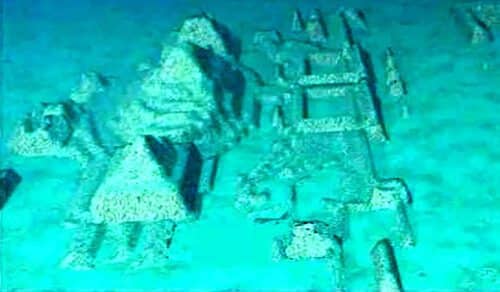
“These are extremely peculiar structures, and they have captured our imagination,” said Iturraide, who inspected numerous underwater formations. “But if I had to explain this geologically, I would have a hard time.”
Experts estimated that it would take around 50,000 years for such structures to submerge to the depth at which they were found. “50,000 years ago there wasn’t the architectural capacity in any of the cultures we know of to build complex buildings,” Iturralde said. Another specialist in underwater archaeology from the University of Florida added the following: “It would be cool if they were right, but it would be real advanced for anything we would see in the New World for that time frame. The structures are out of time and out of place.”
Could they have discovered the sunken city of Atlantis, a timeworn metropolis of some unknown civilization, or was this only a natural phenomenon as some archaeologists seemed to believe?
According to the original discoverers, the sunken formation could be “the remnants of a local culture,” once situated on a 100-mile “land bridge” that connected Mexico’s Yucatan Peninsula with Cuba. Those claims were supported by the Mayan and native Yucatecos beliefs that speak of an isle of their ancestors that was taken by the sea. However, because the supposed metropolis was located at a considerable depth under the water, researchers who followed the Pleistocene timeline noticed that sea levels dropped by a maximum of 100 meters, making it hard to believe that such a discovery had artificial origins.
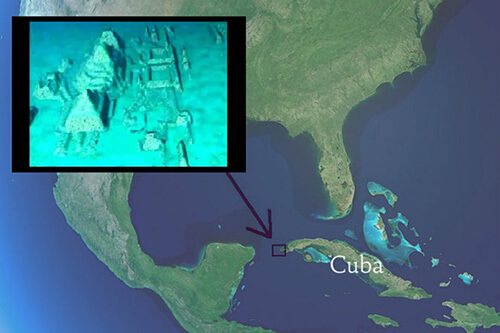
“At no point during the Ice Age would it have been above sea level unless, of course, the land on which they stand has sunk. This is the claim for Atlantis – according to Plato’s account, it was destroyed ‘by violent earthquakes and floods.’ However, if we take Plato at his word – as we must if we assume Atlantis to have been a historical place – the violence of its sinking makes it improbable that an entire city could have survived plunging more than 600 m into an abyss,” Fitzpatrick-Matthews wrote.
If these assumptions were correct, and the sunken formation was indeed the result of a natural phenomenon, scientists would still venture from across the world to investigate and document the bizarre site. Suspicious enough, there has been no progress being done towards revealing to the general public what lies beneath the Caribbean Sea. All the promises from the government, national museums, National Geographic, and other parties who offered to investigate came to a dead end.
Could this prove (once again) that suppression of information is real, and that whenever there’s a massive discovery involved the scientific world tends to cover it up for some unknown reason? Is it possible that the ruins of Atlantis or other unknown and advanced civilization had been uncovered but the elites refuse to make this public? Whatever the case, it’s likely that we are being lied to, and there could be numerous finds that challenge the foundation of history itself – all of them suppressed. (source)
